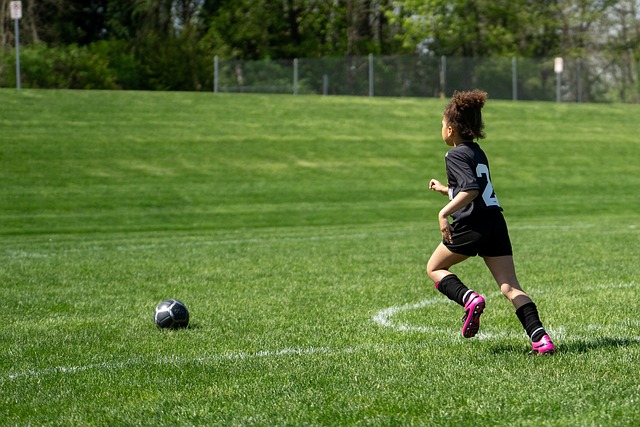Near misses are one of the most powerful psychological triggers in gambling, and they influence players far more than most people realize. Even though a near miss is technically just another loss, the mind interprets it very differently. This subtle cognitive twist is what keeps many players spinning, betting, and chasing outcomes long after they intended to stop. Understanding how near misses work can help you make more rational decisions and stay in control of your betting habits.
Why Near Misses Feel Like “Almost Wins”
Near misses activate the same reward pathways in the brain as actual wins, which makes them uniquely influential. Although the player hasn’t won anything, the experience still produces a surge of excitement and anticipation. This emotional response tricks the mind into believing that a win is just around the corner, even when the odds haven’t changed at all.
Designers of slot machines and sports betting interfaces often know exactly how to use this effect. They structure outcomes so players frequently encounter results that look close to a victory, increasing engagement and encouraging continued play. Understanding this mechanism helps highlight why it’s easy to get pulled deeper into betting sessions without realizing how much time or money has passed.
How Near Misses Manipulate Motivation

The motivational pull of near misses comes from a psychological phenomenon known as frustration theory. When people come close to achieving a goal, they naturally feel driven to try again. This urge exists even in purely random environments where previous attempts have no impact on future ones. Players often interpret near misses not as random events but as signs of improving performance, which adds to the compulsion to continue.
In sports betting, near misses might take the form of a single player failing to meet a stat requirement or a last-minute shift that ruins a parlay. The emotional rollercoaster triggers the belief that the next attempt will be different, even when the underlying probabilities remain exactly the same. This disconnect between emotion and logic is one of the core reasons why bettors can slip into cycles of chasing losses.
The Role of Design in Near-Miss Experiences
Modern betting platforms use visual cues, animations, and sound effects that intensify the near-miss effect. These design elements create a highly immersive experience that reinforces emotional reactions. Players might see flashing lines, slow-motion reveals, or celebratory sound cues that play when results appear “close,” even if the final outcome is a loss.
This design strategy keeps attention sharply focused on the potential for winning rather than the reality of losing. By appealing to instinctive responses, these elements work together to prolong engagement. Becoming aware of these intentional design choices is an effective first step toward resisting their influence and maintaining better control over your behavior.
Why Near Misses Lead to Riskier Decisions
When players experience a near miss, their perception of risk often becomes skewed. The brain interprets proximity to reward as meaningful information, even in games of chance where there is no skill element involved. This misinterpretation leads players to believe the odds have shifted in their favor, encouraging larger bets or more frequent wagers.
The more emotionally charged the near miss, the stronger the urge to escalate your involvement. Bettors may start taking risks they would otherwise avoid, convinced they are “due” for a win. This mistaken belief, known as the gambler’s fallacy, intertwines with the near-miss effect and amplifies its impact on decision-making.
Recognizing Near Misses as Losses

One of the most powerful things you can do as a bettor is to train yourself to categorize near misses accurately. No matter how dramatic the display or how close the outcome appears, a near miss is still a full loss. By consciously reframing these moments, you reduce their emotional impact and weaken their ability to influence your behavior.
Developing this awareness requires practice, especially in high-stimulation environments like online casinos or sports betting apps. However, each time you mentally label a near miss as a normal loss, you take a step toward more rational gameplay. Over time, this shift in perspective helps protect your bankroll and prevents impulsive decisions.
Using Awareness to Improve Your Self-Control
Understanding the psychology of near misses doesn’t remove their emotional impact entirely, but it gives you a powerful tool for managing it. By recognizing how your mind reacts to “almost” outcomes, you can pause and reassess before acting on impulse. This self-awareness helps you stay aligned with your limits and avoid patterns that lead to overbetting.
Many experienced gamblers build self-check strategies into their routine, such as taking breaks after near misses or reviewing their betting history to stay grounded in reality. These small habits create space between emotional reactions and financial decisions, allowing for a more controlled and enjoyable betting experience.
